
An A-Z of national dishes, from poutine and pho to pad thai – how many have you tried?
A country’s favourite dish is often imported, debatable or unhealthy – but it is almost always delicious
Food plays an important and often emotional role as an expression of cultural identity, which makes compiling a list of national dishes something of a challenge. Some countries have one much-loved meal whereas it would be impossible to represent the cuisine of others with a single delicacy. Where do you begin with China, Italy, India or the United States, for example?
But there are some stand-out cuisines around the world – here is our run-down of some of the planet’s most delicious dishes, country by country.
Roast lamb romped to victory in a poll to discover Australia’s national dish a few years ago. Meat pies, barbecued prawns and even kangaroo made the list but, surprisingly, there was no place for iconic toast-topper Vegemite.
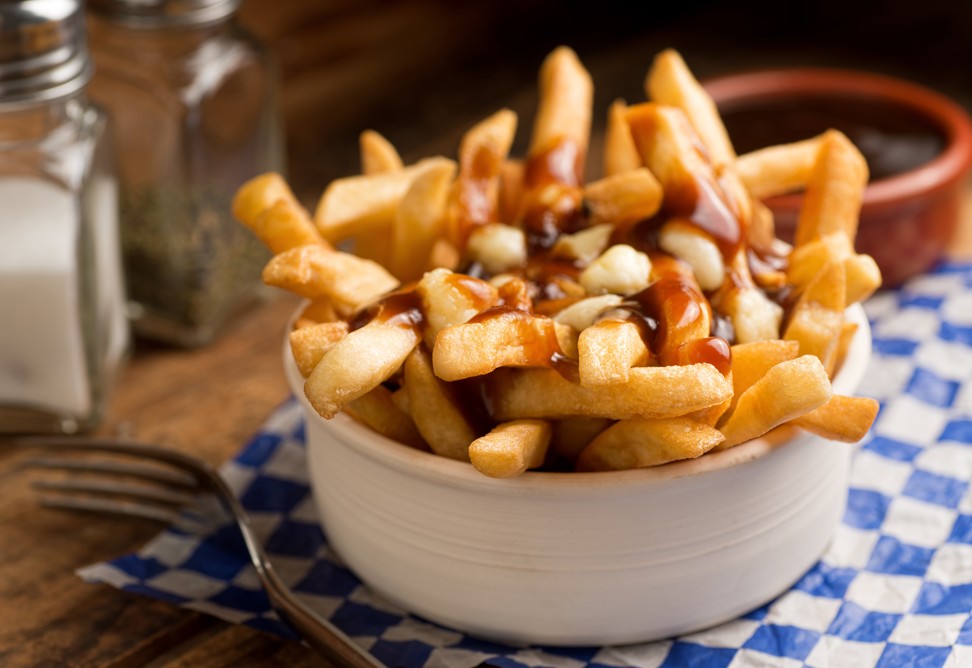
Brazilians go nuts for feijoada, a hearty black-bean stew flavoured with pork, smoked sausage or bacon. Disagreements about its origins rumble on – did slaves originally cook up the belly warmer using leftovers or did the beanfeast arrive with European settlers?
Canadian comfort food par excellence, poutine originated in Quebec in the 1950s and gradually caught on nationwide. The cholesterol-laden calorie bomb of fries, gravy and cheese curd is now a fixture on McDonald’s menus across the country.
Crispy pork served with potatoes and parsley sauce finished first in a 2014 survey conducted by Denmark’s Food and Agriculture Ministry. Smørrebrød, an open-faced sandwich, came second, but another of the eight finalists, “burning love” (mashed potatoes topped with onion and bacon), was left on the shelf.
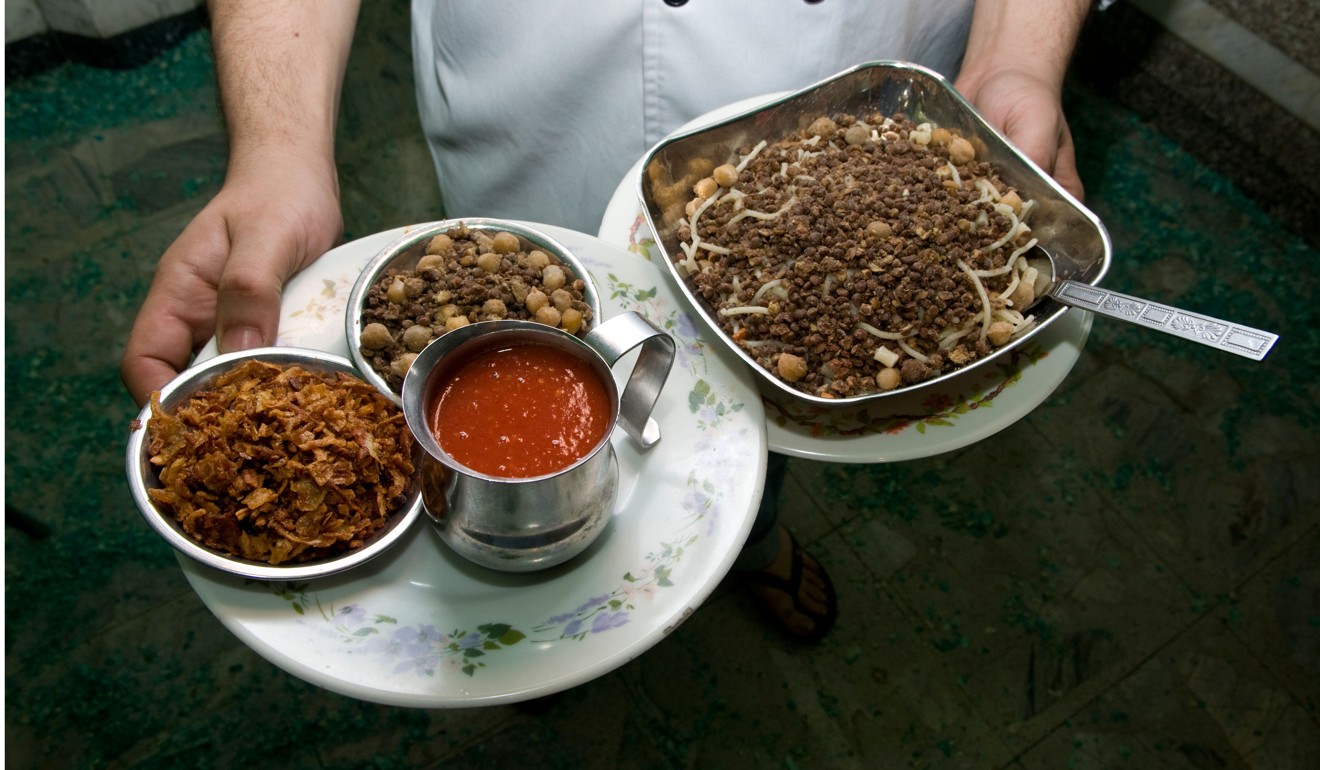
There are plenty of candidates for Egypt’s national dish but only one has the public backing of the King of Egypt. That’s Mohamed Salah, not Tutankhamen. The Liverpool soccer player and hero to a nation recently revealed that the first thing on his mind when he returns to his native land is a bowl of kushari, a carb-heavy blend of rice, pasta, lentils, fried onions and spicy tomato sauce.
After eating Fijian favourite ika vakalolo, or fried fish steaks simmered in coconut milk, on every single day of a month-long visit to the Yasawa Islands, I asked my host what his dream meal would be. Pizza perhaps? A cheeseburger maybe? He thought long and hard and eventually plumped for … ika vakalolo.
Greece has more than one national dish. Souvlaki can be a street snack or a sit-down meal. Chunks of meat are grilled on a skewer or served in a pita bread sandwich with yogurt sauce, tomato and onions. Eggplant-based moussaka is prepared using layers of potato, ground lamb (traditional recipe) or beef and béchamel sauce. Don’t even suggest to a Greek that it’s similar to lasagne.
Paprika is the magic ingredient that transformed a centuries-old Hungarian herdsman’s stew into goulash. Word spread about the fiery filler, and it soon earned the name gulyás, which, appropriately enough, means “herdsman”.
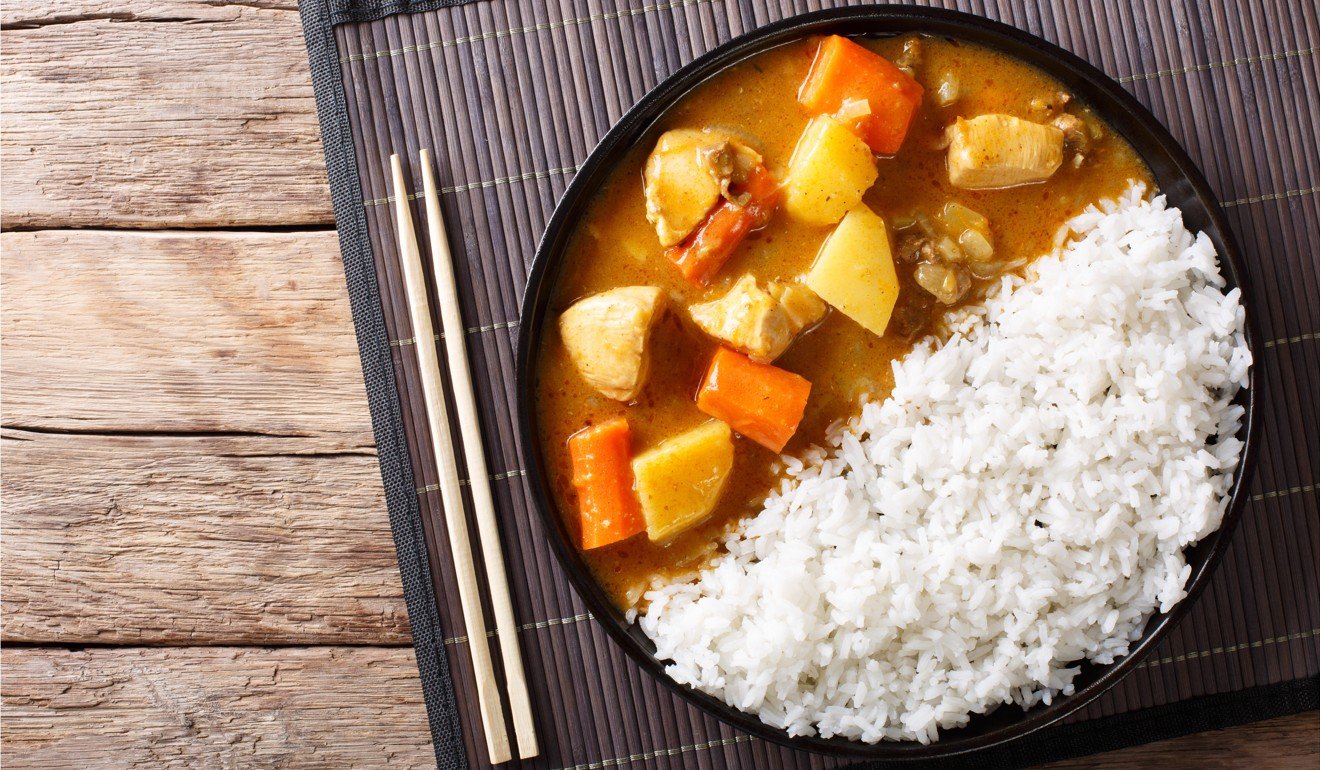
In a country the size of Indonesia, there’s no shortage of regional varieties and adaptations of nasi goreng, or fried rice. Seasonality, location and availability of ingredients dictates what ends up in the mix. Ask for nasi goring istimewa, “special fried rice”, and your meal will arrive with a fried egg on top.
Curry with rice was introduced to Japan in the late 19th century, not by Indians, but by the British. Initially a delicacy for the wealthy few, kare raisu caught on with the masses only after affordable curry pastes became available in the 1950s.
Kazakhstan’s national dish, beshbarmak, translates as “five fingers” because nomads on the central Asian steppe would traditionally eat the spicy horse meat, noodle and onion-stock dish with their hands.
Green papaya salad is known as som tam in Thailand and bok l’hong in Cambodia but in Laos, be sure to ask for tam mak hoong. Prepared using a pestle and mortar, the mouth-puckering ethnic Lao creation’s name means “pounded papaya” in English.

Once a hearty Malaysian farmer’s breakfast, nasi lemak went on to conquer the taste buds of an entire nation. The healthy coconut rice dish is served with anchovies, sliced cucumber, hard-boiled egg and peanuts in a spicy sauce wrapped in banana leaf.
After Russian ballerina Anna Pavlova visited New Zealand and Australia in the 1920s, a meringue-based fruit-and-cream dessert was invented in her honour. According to recipes in cookbooks of the time, the Kiwis appear to have created the Pavlova first, a fact disputed by the Aussies. Food fight, anyone?
Shuwa is an Omani style of cooking for special occasions. Meat (beef, lamb, goat or camel) is marinated in spices then wrapped in palm or banana leaves and buried in a fiery underground pit for a couple of days, guaranteeing intense flavours – and a mouth-watering sense of anticipation.
Adobo comes from the Spanish adobar, meaning “marinate”. The slow-cooked stew made from pork or chicken simmered in vinegar and soy sauce has almost as many recipes as there are cooks, and is generally accepted to be the national dish of the Philippines.
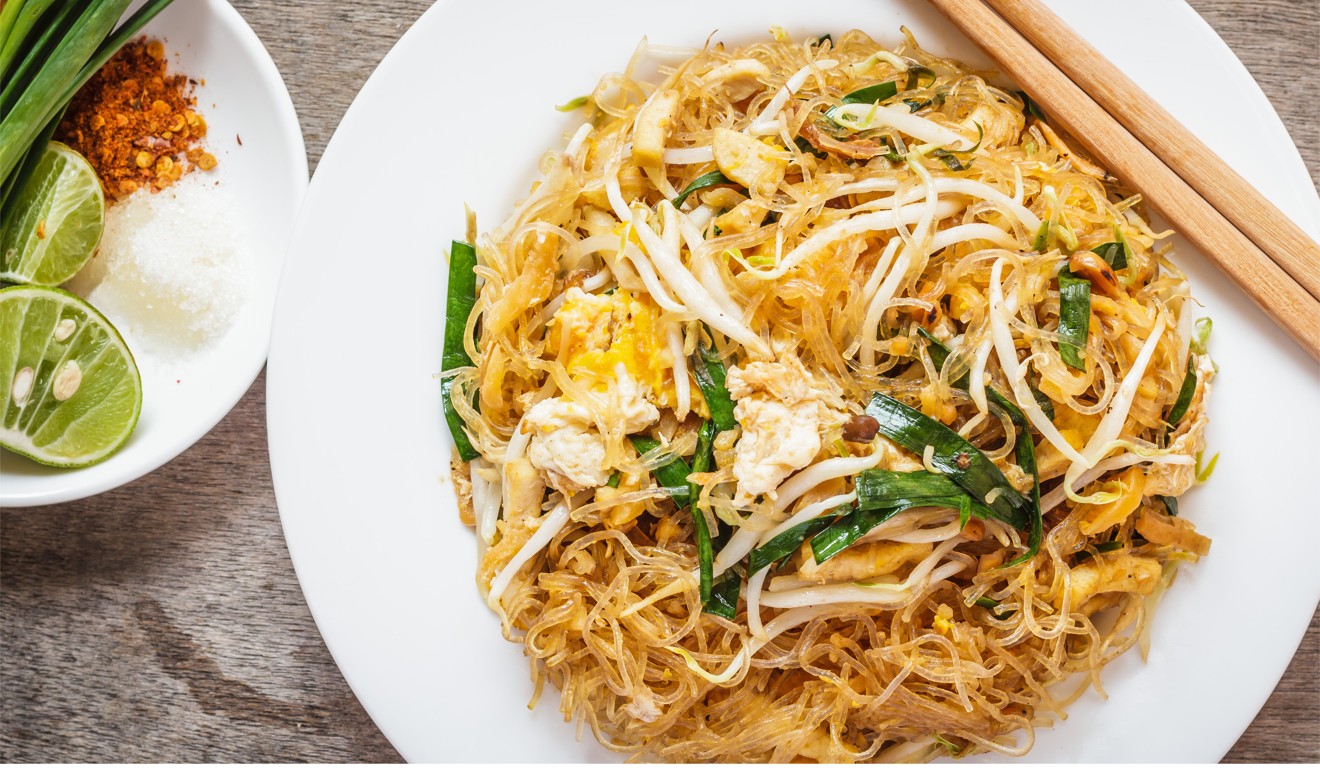
Diplomatic crisis or not, Qataris can’t get enough of machboos, a spicy basmati-rice stew accompanied by vegetables, meat or seafood that originated in Qatar’s noisy neighbour, Saudi Arabia.
Cooked up by the Cossacks in the 17th century, the sour beetroot-based soup borscht remains a favourite throughout Russia, Ukraine and, er, Hong Kong, where mor law see tong (Russian soup) became popular in the 1950s. Spiked with soy sauce, of course.
In food-loving Singapore, there’s much dispute as to whether chilli crab or Hainan chicken rice is the nation’s favourite. Make sure you don’t ask for Singapore noodles. At best you’ll be tagged as a tourist; at worst, the chef won’t know what you’re talking about.
Renowned for its taste bud-tingling fare, Thailand’s signature pad thai dish comes piled high on a paper plate for a few baht, or presented as a gourmet option in fancy restaurants. The stir-fried rice noodle snack came to prominence during the second world war, when rice shortages forced a change in dietary habits.
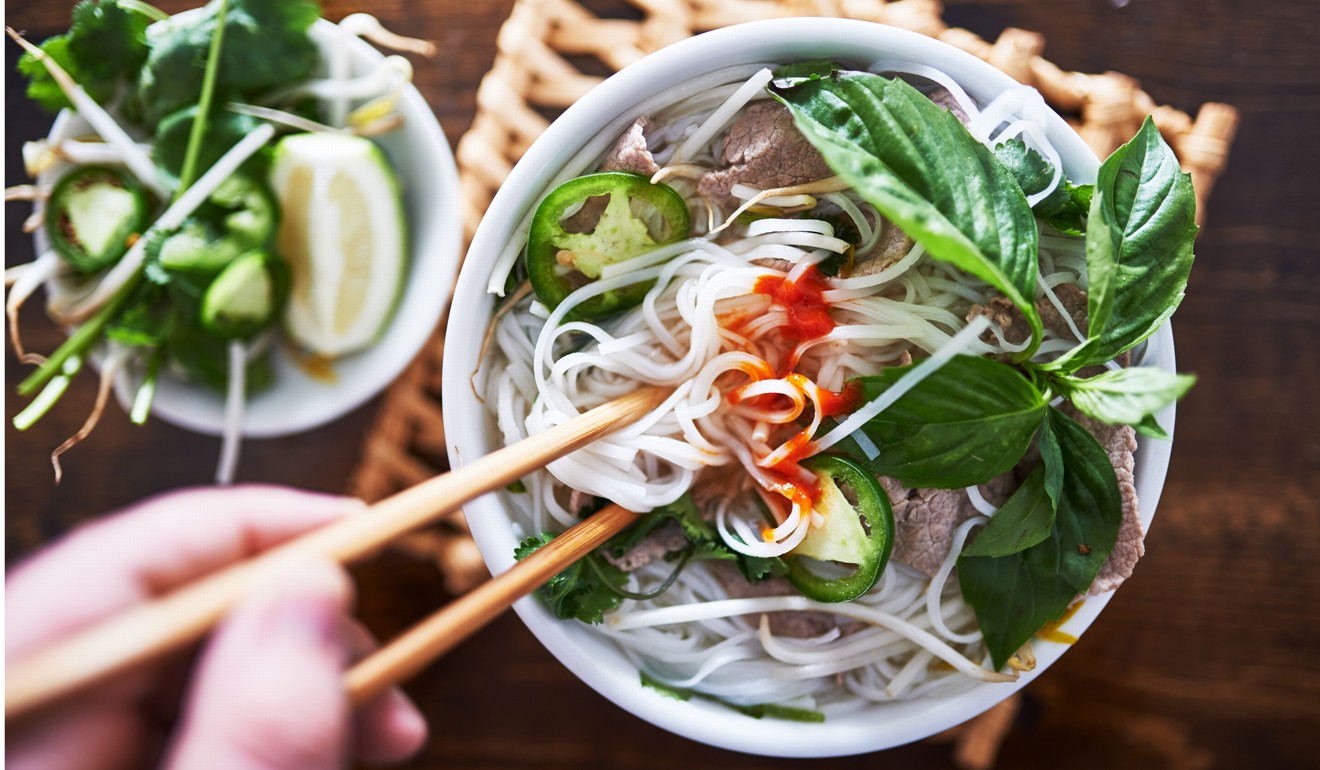
Whether it’s more popular than roast beef or fish and chips is up for debate, but one in every seven curries sold in the United Kingdom is chicken tikka masala. Culinary eminence was all but guaranteed when former foreign secretary Robin Cook hailed the saffron-coloured, tomato soup-based curry “a true British national dish”. Not bad for a sauce that a Glasgow chef claimed he invented in the 1970s after a customer sent his chicken tikka back to the kitchen complaining it was too dry and needed gravy.
Pho is more than a simple noodle soup. Vietnam’s mouth-watering national meal boasts a complex powerhouse of flavours, textures and ingredients. Be sure not to ask your waiter if pho is an adaptation of the French soup pot-au-feu.
Wales has two national emblems and one of them, the leek, is used in cawl, a flavoursome broth accompanied by meat and vegetables. There are plenty of regional variations although none make use of the second national emblem, the daffodil.
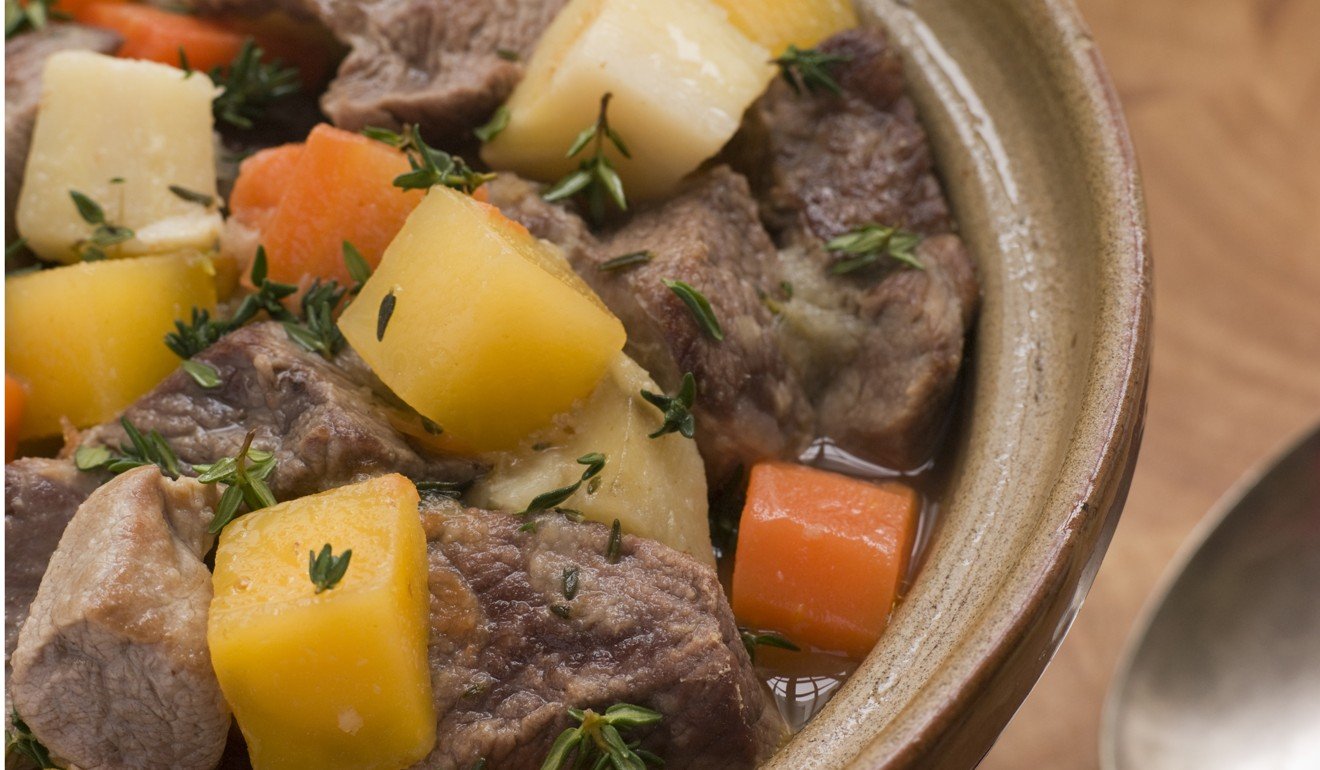
There isn’t a country beginning with an “X” but the ethnic Dai people of Xishuangbanna, in the south of China’s Yunnan province, salivate at the thought of ghost chicken. The spicy herb-infused concoction is made using black-skinned chicken and gets its name from the custom of ceremonially offering a boiled bird to ancestors.
With no end to its civil war in sight, Yemen has plenty on its plate at the moment, although not in the culinary sense, unfortunately. Haneeth, a traditional lamb dish similar to Omani shuwa, involves digging a hole in the ground, letting a wood fire burn down to the embers, then sealing the makeshift oven and allowing the meat to be pressure-cooked to perfection.
Cornmeal porridge, known as nshima in Zambia and sadza in Zimbabwe, is a ubiquitous staple throughout Sub-Saharan Africa. The ground maize is cheap, easy to store and is served as a nutritious porridge, much like polenta, which fuelled Roman armies, offered sustenance to Italian peasants and has provided umpteen recipes for Jamie Oliver.

